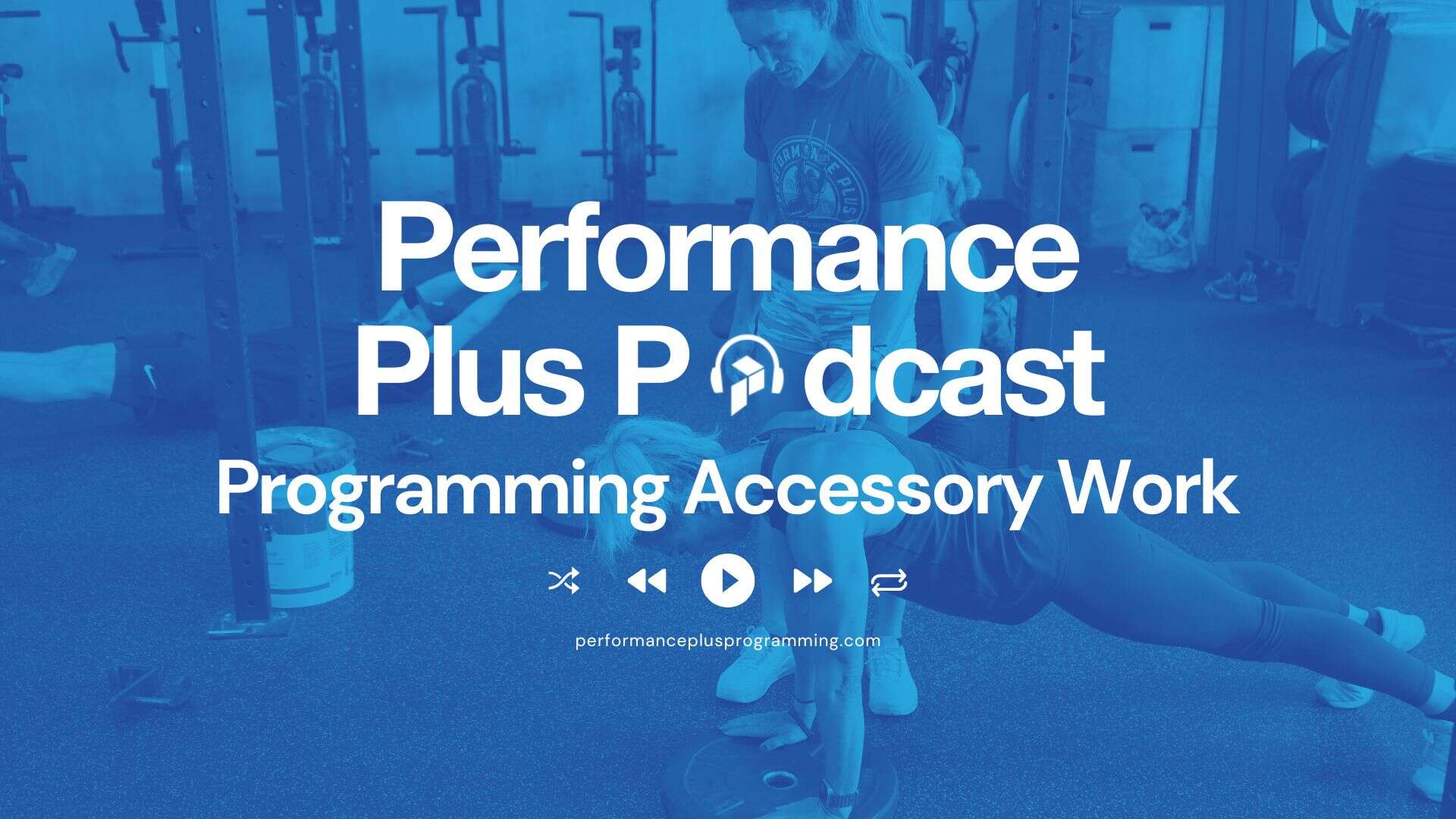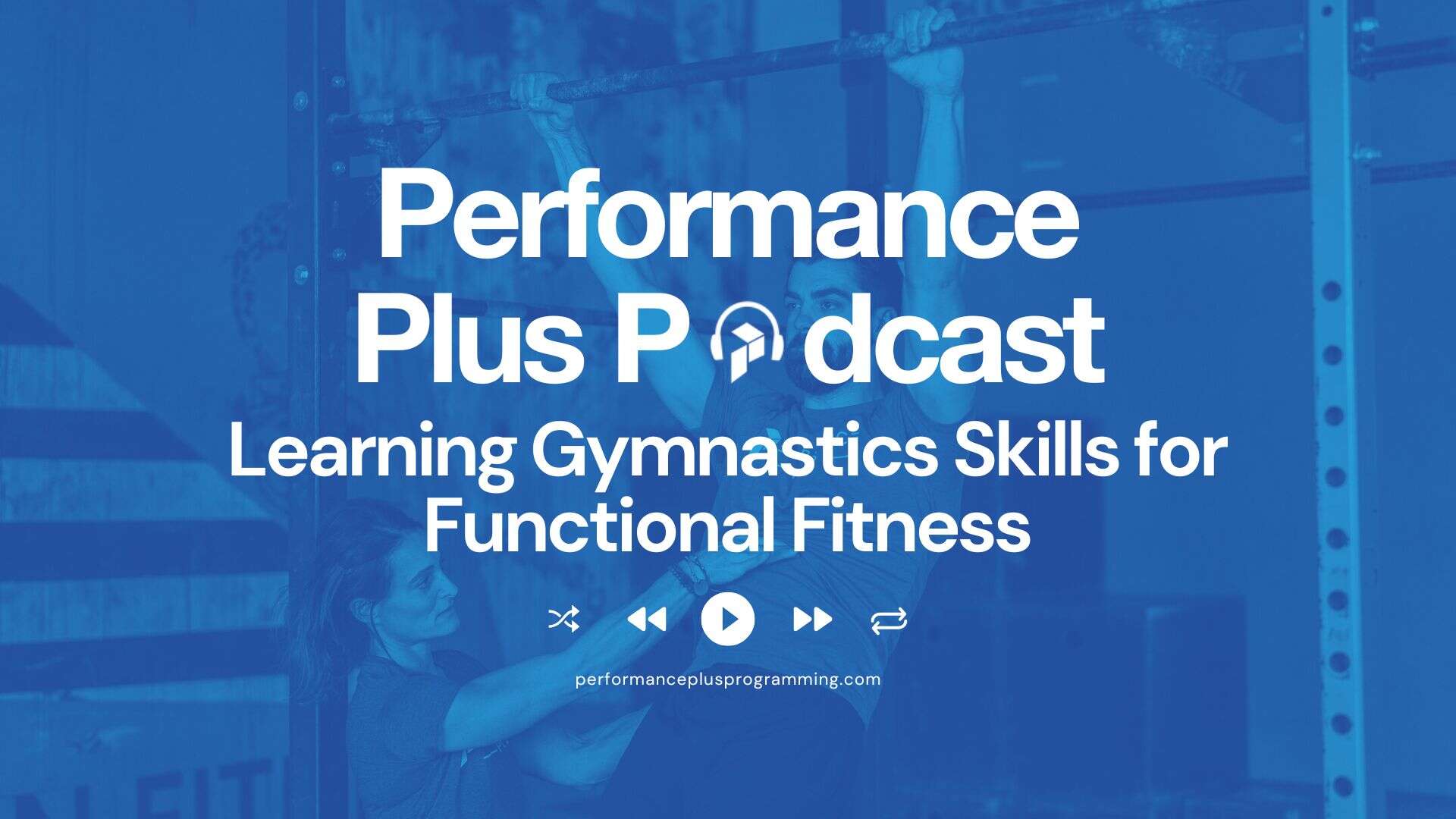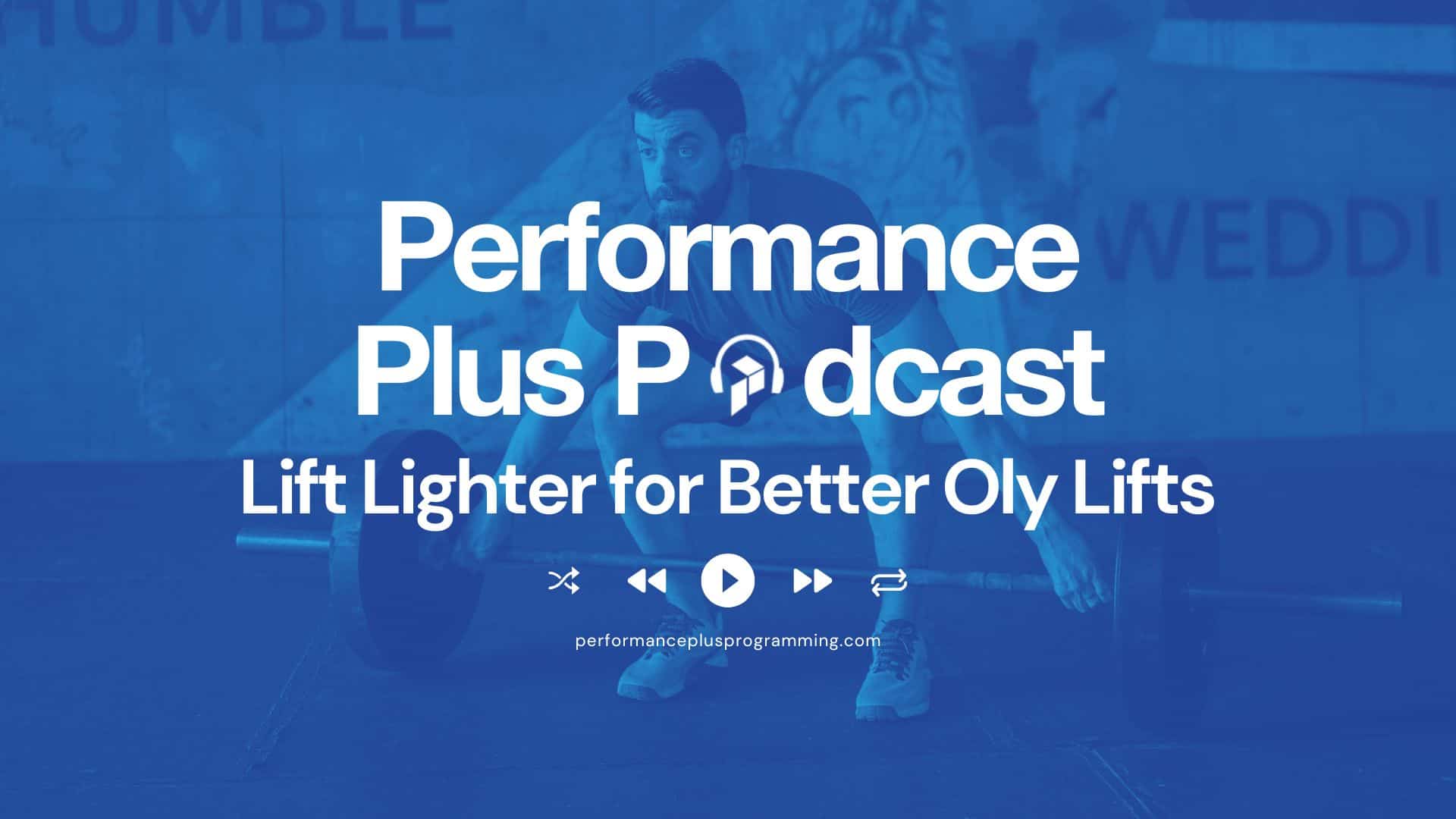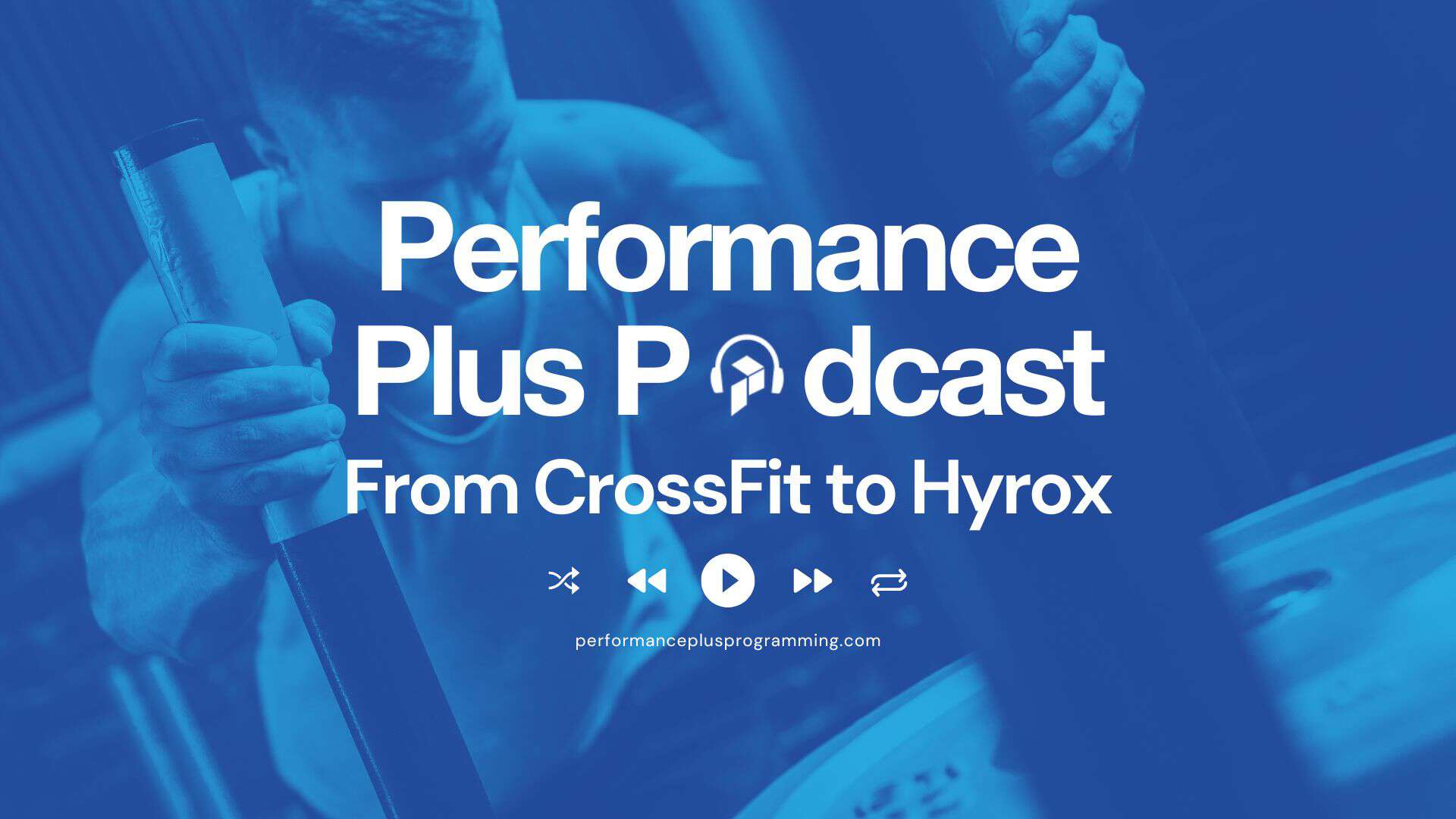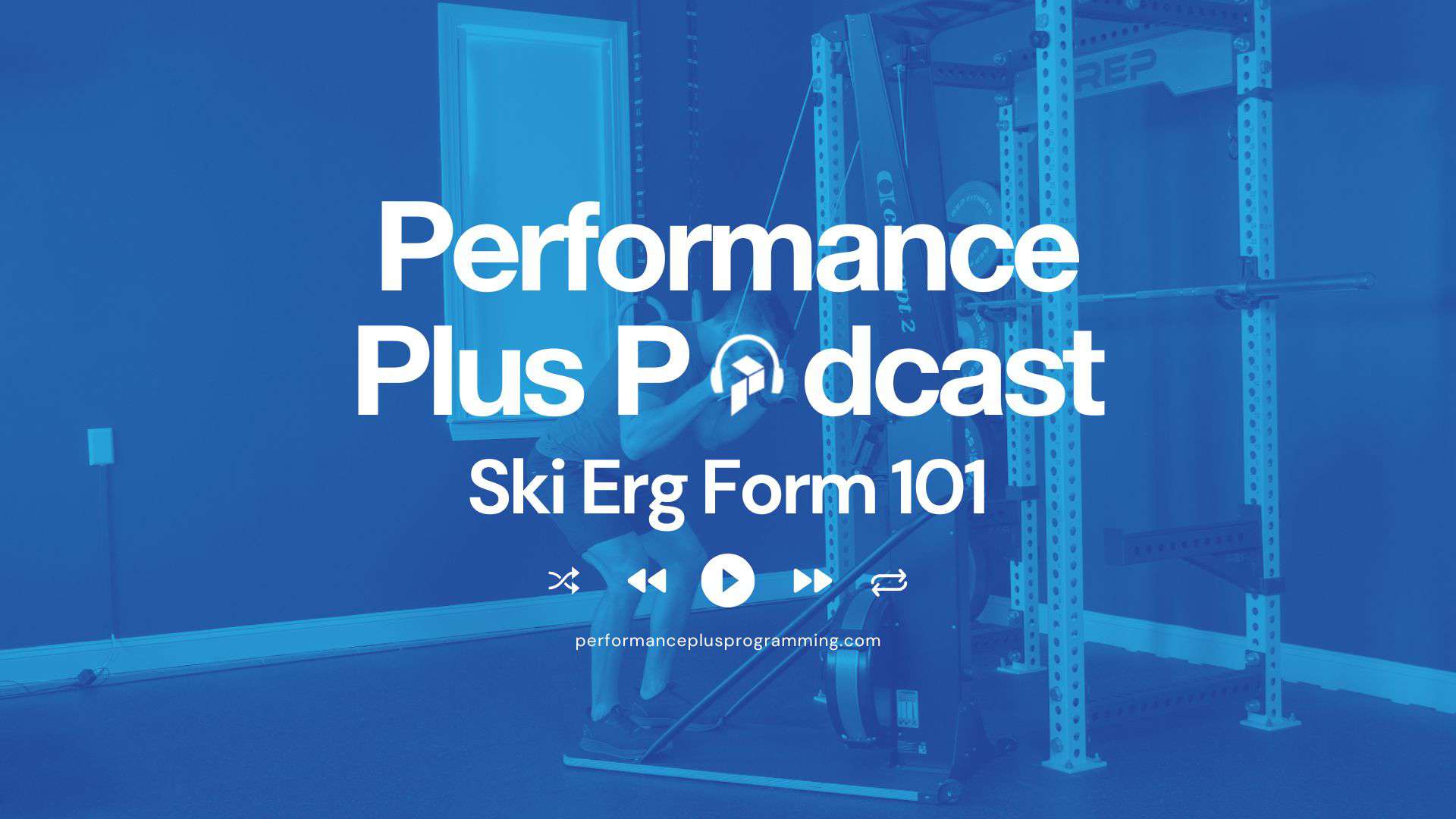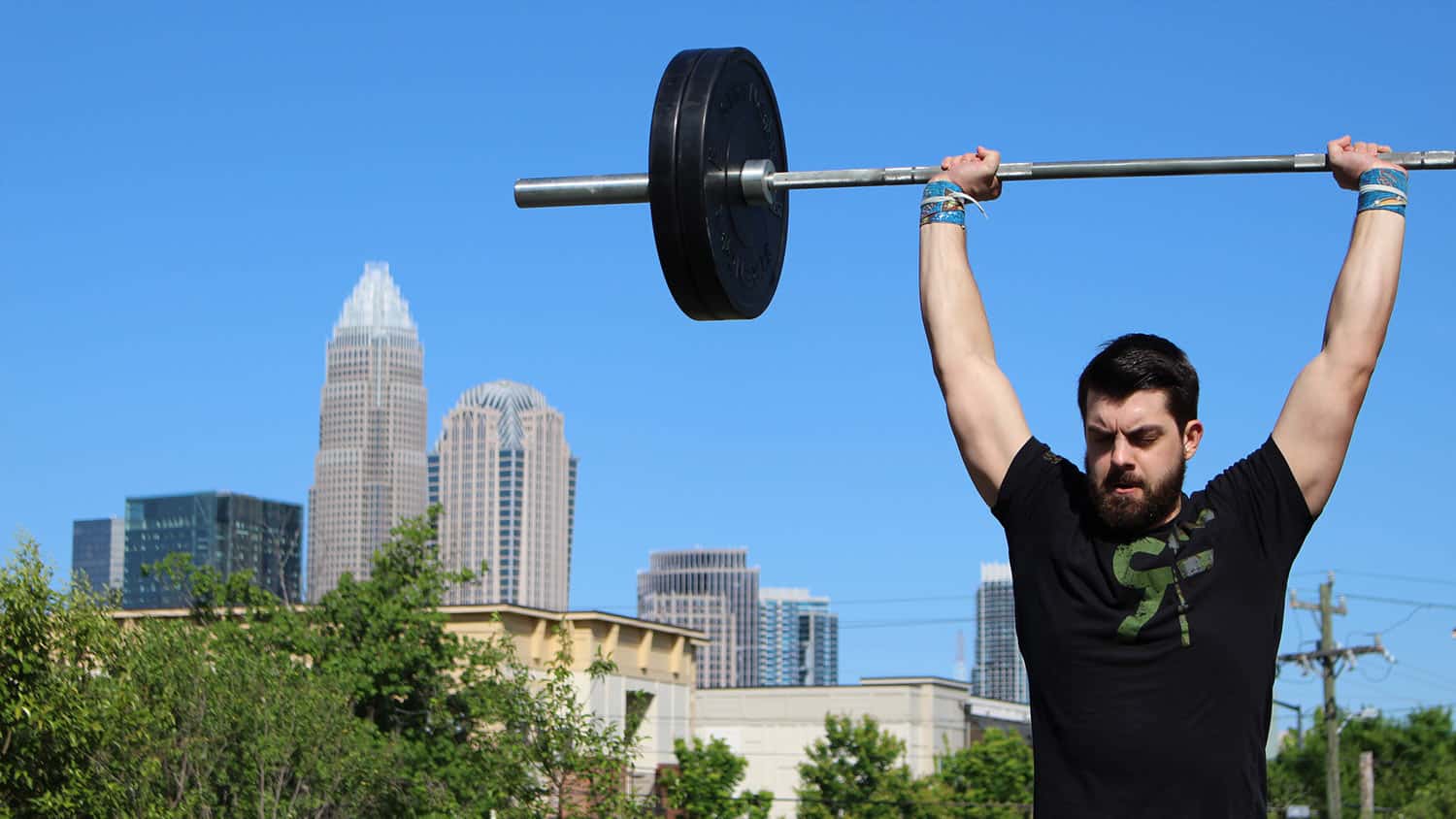
E2 – Scaling and Modifying Around Injuries and Pain with Dr. Zach Long
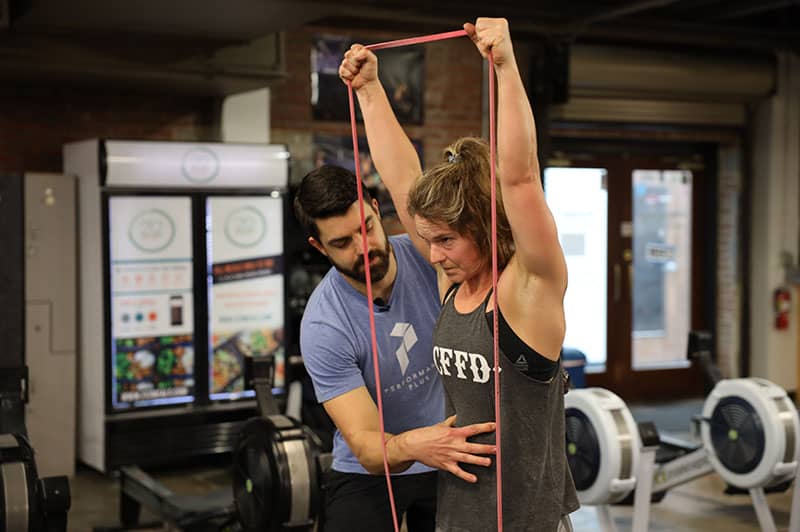
On episode 2 of the Performance Plus Podcast, Dr. Zach Long jumps on to give us an excellent template for modifying and scaling training around pain and injuries.
Questions that are answered are:
- Do I need to quit training if I am in pain while working out
- When should I take complete rest from training?
- How long will an injury take to heal?
- How we can maintain the stimuli of a workout while being injured
- When is it time to see an orthopedic doctor?
The Performance Plus Podcast is a short, actionable podcast that answers common questions from Performance Plus members and other athletes. Featuring Dr. Zach Log (The Barbell Physio), Pamela Gagnon, and hosted by Coach Johnny Bouchard each short podcast episode will help you achieve your goals. Whether you are training for a competition or want to get stronger, our step-by-step guide is all you need to take care of your body.
Follow Pamela Gagnon @pamelagnon
Follow Zach @thebarbellphysio and his website
Follow Johnny @coach_johnnyb
Tune in each Friday for a new episode!
